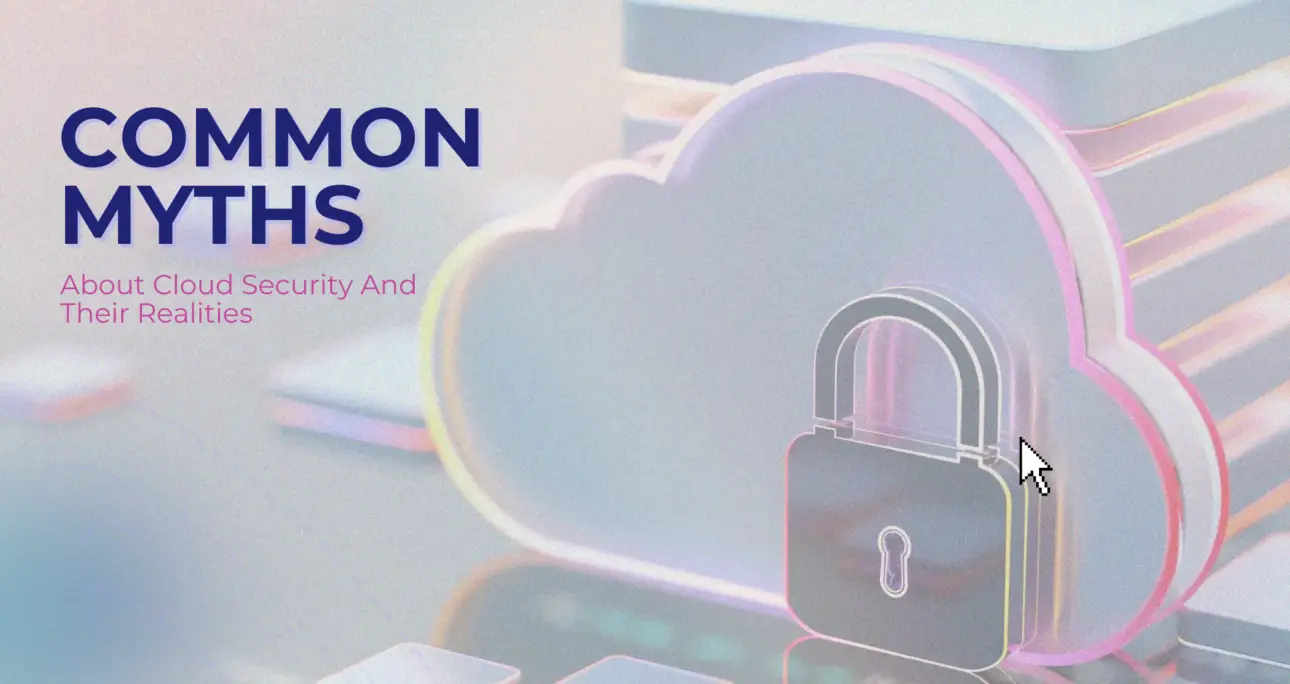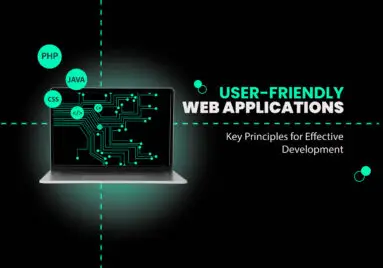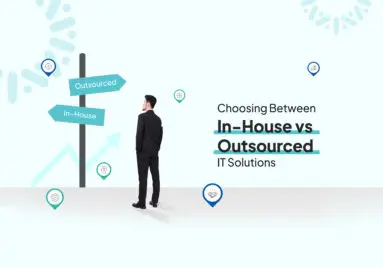Cloud computing has transformed business operations by providing flexibility, scalability, and cost-efficiency. However, with this shift comes a myriad of Cloud security myths. In this blog, we will debunk common myths and shed light on the realities of securing data in the cloud.
Myth 1: The Cloud is Inherently Insecure
Reality: A common myth is that cloud-stored data is more susceptible to breaches than data kept on-premises. However, reputable cloud service providers often implement advanced security measures that exceed what many organizations can afford in-house. These measures include robust encryption, multi-factor authentication, and continuous monitoring. However, it’s crucial for organizations to configure and manage their cloud environments properly to ensure these security features are effectively utilized.
Myth 2: Cloud Providers are Solely Responsible for Security
Reality: Security in the cloud operates on a shared responsibility model. Cloud providers secure the infrastructure, but customers are responsible for securing their data and applications. This includes managing access controls, configuring security settings correctly, and ensuring compliance with relevant regulations. Understanding the division of responsibilities is key to maintaining a secure cloud environment.
Myth 3: Cloud Data is More Prone to Cyber Attacks
Reality: While cyber threats are a significant concern, the cloud is not inherently more vulnerable than traditional IT environments. In fact, cloud providers often employ state-of-the-art security technologies and protocols to protect data. The real risk comes from misconfigurations, poor access management, and a lack of understanding of cloud security practices. By following best practices and regularly auditing security settings, organizations can mitigate these risks effectively.
Myth 4: Once Data is in the Cloud, You Lose Control Over It
Reality: Many believe that migrating to the cloud means relinquishing control over their data. However, cloud services offer a variety of tools and features that allow organizations to maintain strict control over their data. These include encryption keys management, detailed access logs, and granular permissions settings. It’s essential for businesses to leverage these tools to ensure they have full visibility and control over their data.
Myth 5: Compliance and Regulatory Requirements Can't Be Met in the Cloud
Reality: Another common misconception is that cloud environments cannot meet stringent compliance and regulatory requirements. In truth, many cloud providers offer services designed to help businesses comply with regulations such as GDPR, HIPAA, and PCI-DSS. By carefully selecting a provider and configuring their environment appropriately, organizations can meet and often exceed regulatory standards.
Myth 6: The Cloud is Only for Large Enterprises
Reality: The cloud is not exclusive to large enterprises. In fact, small and medium-sized businesses can greatly benefit from cloud adoption, gaining access to enterprise-grade security features without the associated costs. The pay-as-you-go model of cloud services allows smaller businesses to scale their security measures according to their needs and budget.
Myth 7: Cloud Migration is Too Complex and Risky
Reality: While migrating to the cloud does require careful planning and execution, it is not insurmountably complex or risky. Many cloud providers offer migration tools and services to ease the transition. Additionally, by working with experienced cloud migration partners, businesses can mitigate risks and ensure a smooth migration process.
Understanding the realities of cloud security is essential for businesses looking to leverage the benefits of cloud computing. By dispelling these common myths, organizations can make informed decisions about their cloud strategy and implement robust security measures to protect their data.
The key lies in understanding the shared responsibility model, following best practices, and continuously monitoring and improving security protocols. Embrace the cloud with confidence, armed with the knowledge that it can be a secure and compliant environment for your business needs.





